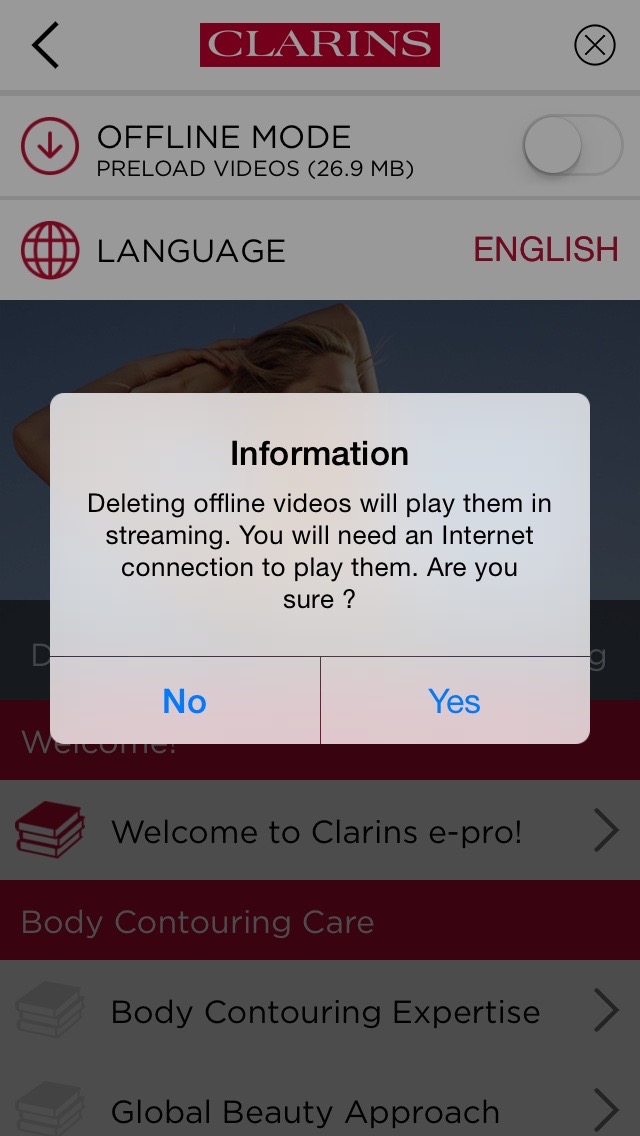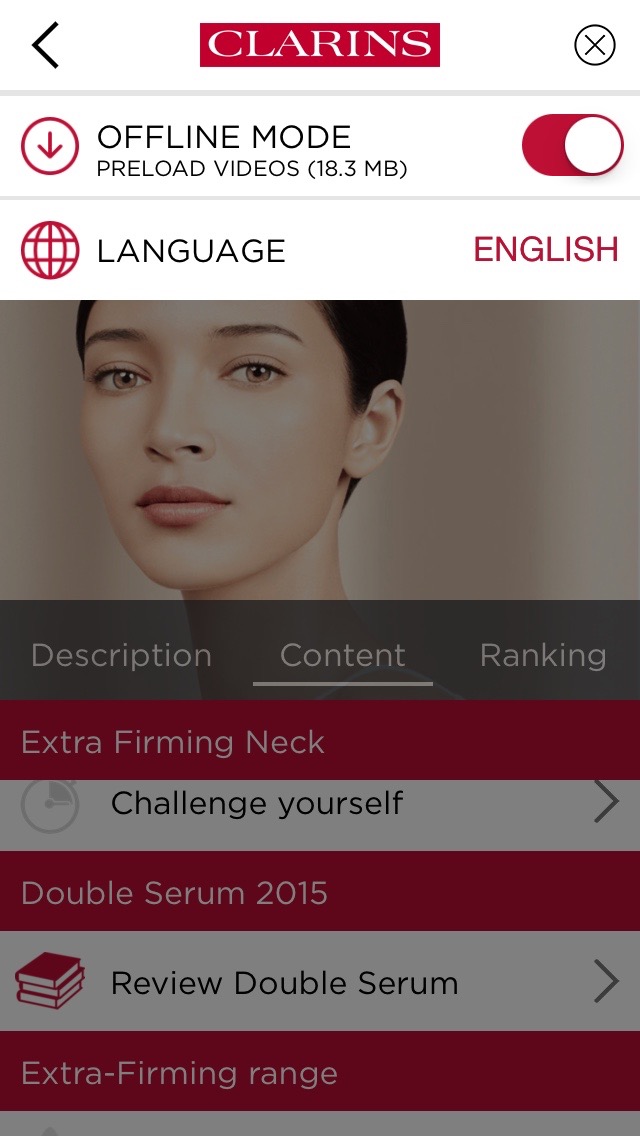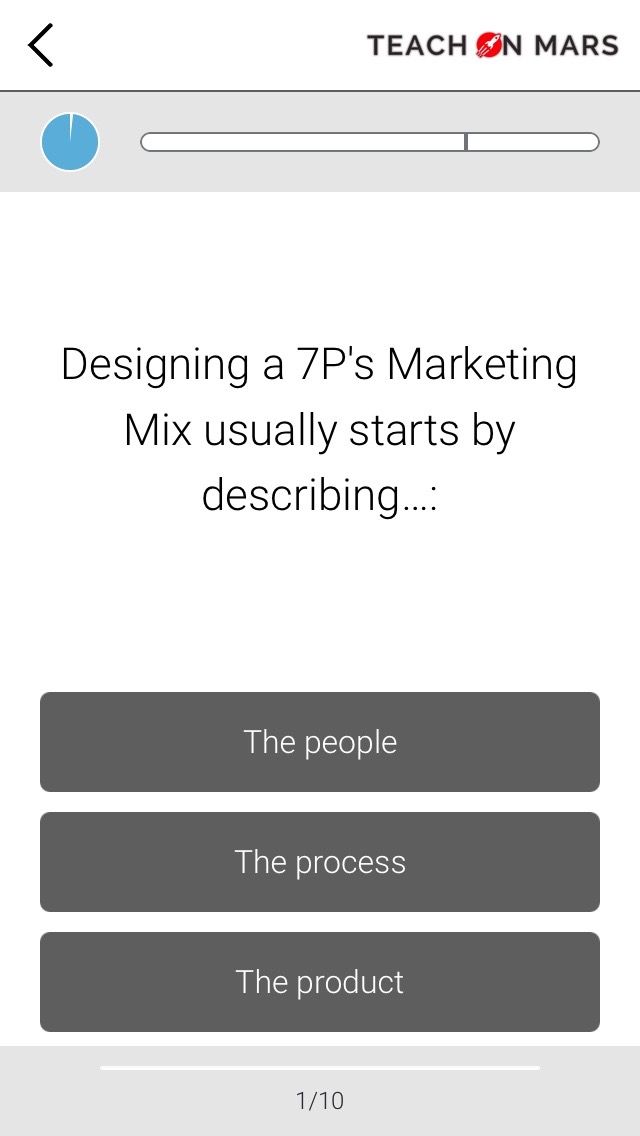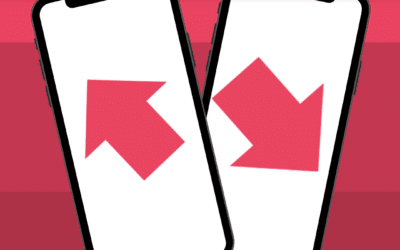Dear Humans,
In previous lessons, we explored the depths of our human thinking process, how complex it sometimes is and how we may enrich our contents by capitalizing on our brain understanding.
However, we have so far ignored a dark side! Mistakes! People always make mistakes. Whether from the perspective of a producer or a consumer, there is no fail-safe product. How can we anticipate potential errors? How can we figure out the kinds of mistakes learners are going to make when they go through a training activity? …
The following paragraphs give you some tips to handle any errors upstream and as a result, enhance the quality of your contents.
First, let’s assume that something will go wrong and let’s inform learners onward. When something seems erroneous or risky, it is important that users know what to do about it. Scientists have conducted researches and classified errors:
- Performance errors are mistakes users make while fulfilling steps to complete an action. They may be commission errors (take additional useless steps), omission errors (forget steps) or wrong-actions errors (perform inadequate actions)
- Motor-control errors are false physical gestures users make when handling an application device, like swiping a screen instead of touching it
These predictable types of errors should always be considered while designing an application in order to prevent users and/or inform them about the correct(ive) actions to take.
Teach on Mars illustration on anticipating issues: ToM Enterprise offers both downloading videos or playing them in streaming mode. A message warns learners in the process of choosing the streaming mode that they will then need a connection to watch them.
 A warning message |
Second, according to several studies, users’ performance to complete an activity depends on their level of stress. Overall, experts think that the more complex the task is, the less should be the stress level. And when the stakes go too high, errors start appearing (like the tunnel action, i.e. keep on doing the same action again and again, although it is not working).
To optimize its contents, it is therefore recommended to limit the stress associated to complex tasks and vice versa to increase the stress for simpler activities. In the context of educational contents, stress may be heightened by distracting elements such as colors, sound or movements.
Teach on Mars illustration on leveraging the stress level:
 A reading activity |
We now are a bit more trimmed vis-a-vis the human mistakes! In the next lesson, we will focus on… how we focus our attention!
Looking forward to writing to you!

Diplômée d’école de commerce et passionnée par les innovations du numérique, Noémie a enfilé son scaphandre et rejoint l’équipe Teach on Mars au poste de Content Manager. Elle intervient en marketing et événementiel tout en contribuant à Teach on Earth, une initiative sociale et environnementale.






